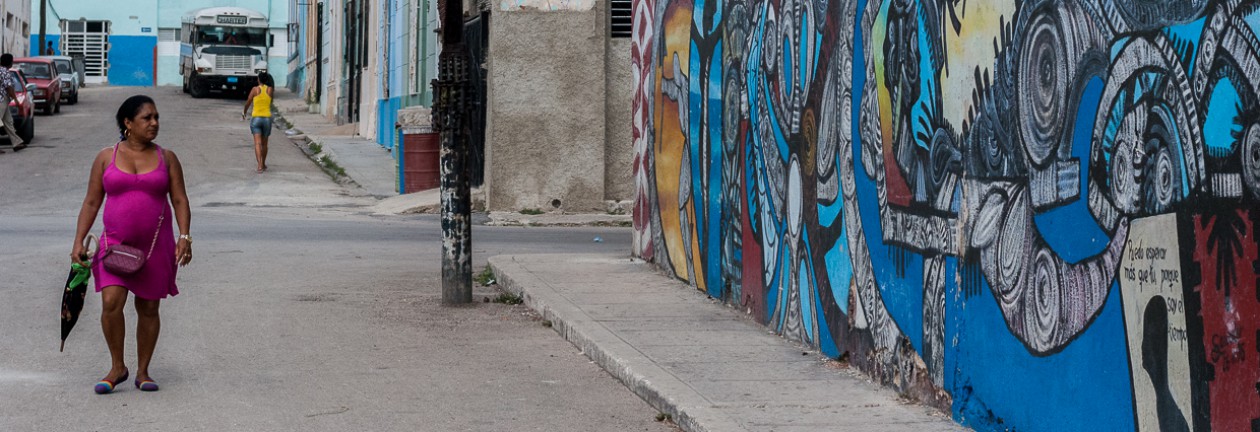Samuel F. B. Morse, son of Jedidiah Morse and Elisabeth Finley Morse is probably better known for his invention of the telegraph than for painting or photography.
The Seattle Art Museum had a small room devoted to one particular painting by Morse. It is his Gallery of the Louvre, which can be seen here. The painting is massive, measuring 73 x 108 inches. Unfortunately I wasn’t able to take a decent photo of it due to the rather large audience sitting in front of the painting listening to the audio track that was running.
Morse was so enamoured with the artwork that he saw in the Louvre that he was inspired to create it in his own painting in a miniature format and take it back to America with him. It is believed that he used a camera obscura to make the miniatures of the great works. He chose thirty-eight of his favourite paintings for this task. Some of the miniatures that were created were the Mona Lisa and Tiziano Vecello, known as Titian.
When he returned with his canvas to States, he added the foreground figures to the painting. Morse himself is in the centre of the painting, leaning over a woman giving her some painting instruction. In the back left corner are Morse’s friends James Fenimore Cooper and his wife and daughter, the man entering the Louvre at the back is the sculptor Horatio Greenough, and a woman from Brittany and her child are placed to the left of him. On the left of the painting is Richard W. Habersham, a painter from Georgia and also Morse’s room mate while he was living in Paris. The seated woman on the right is purposed to be Lucretia, Morse’s wife.
I would have like to get up close to the painting, but it wasn’t possible with the audience sitting in front of it, nor was there enough time to come back later. I did like the overall palette of the painting. The tones are rich and warm and convey a sense of collegiality among the figures in the painting. There is an extremely interesting and long back story to this painting which can be read or listened to on the link supplied above.
Also of interest is the fact that Morse was the first American to see Louis-Jaques-Mandé Daguerre’s daguerrotype, which he saw after the unveiling of telegraph in Paris. Morse was among the first Americans to make daguerrotypes and to advance the science of photography in the United States. There were quite a few daguerrotypes on display and I was amazed at the sharpness and clarity of detail that was achieved. The beautiful cases that the daguerrotypes are placed in are also wonderful works of art.

Bibliography
Samuel F.B. Morse Biography [online] Bio. Available from: http://www.biography.com/people/samuel-morse [Accessed 17 January, 2016]
Samuel F. B. Morse’s Gallery of the Louvre [online]. Seattle Art Museum. Available from: http://www.seattleartmuseum.org/exhibitions/morse [Accessed 17 January, 2016]

One thought on “Samuel F. B. Morse’s Gallery of the Louvre”